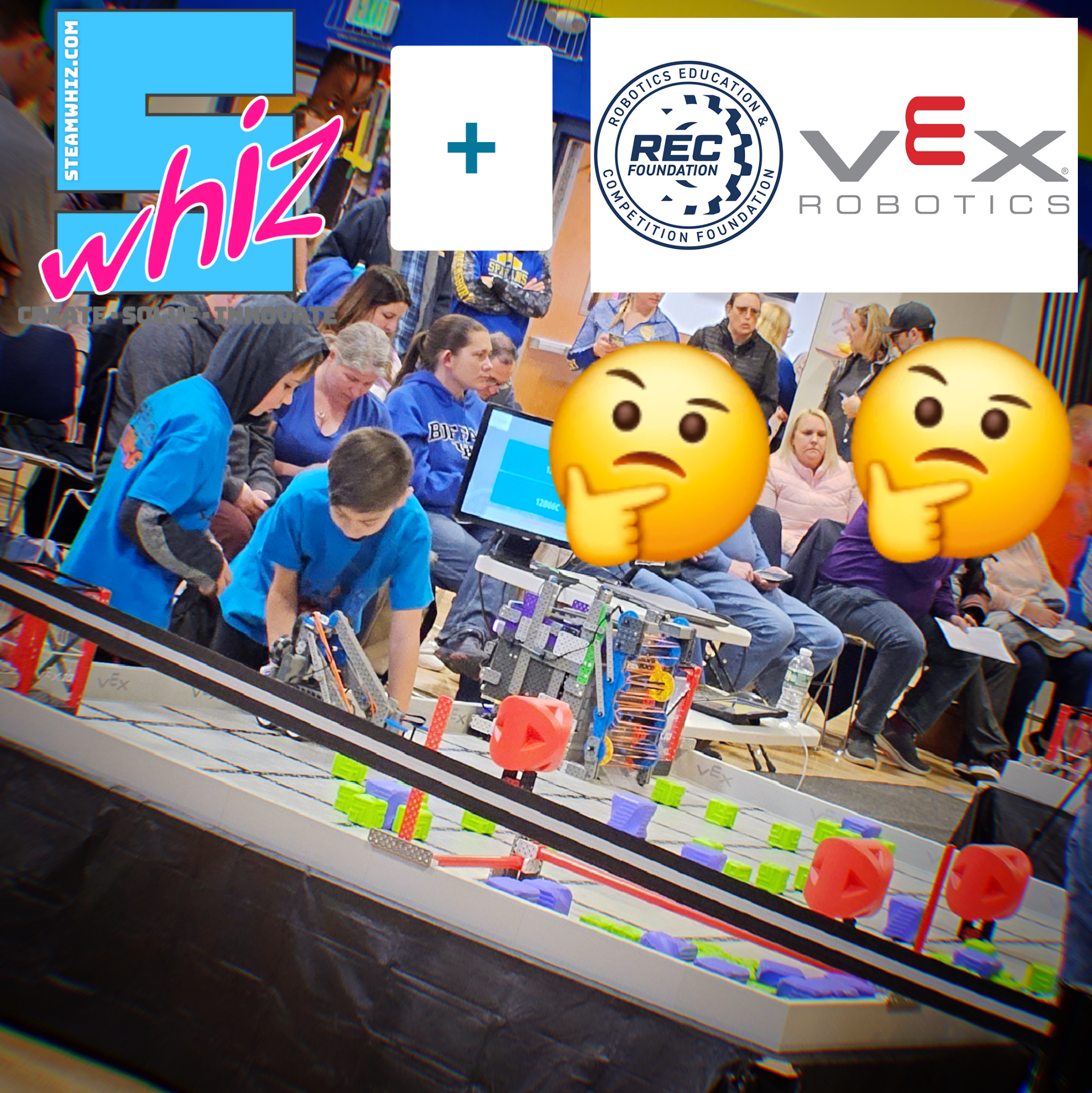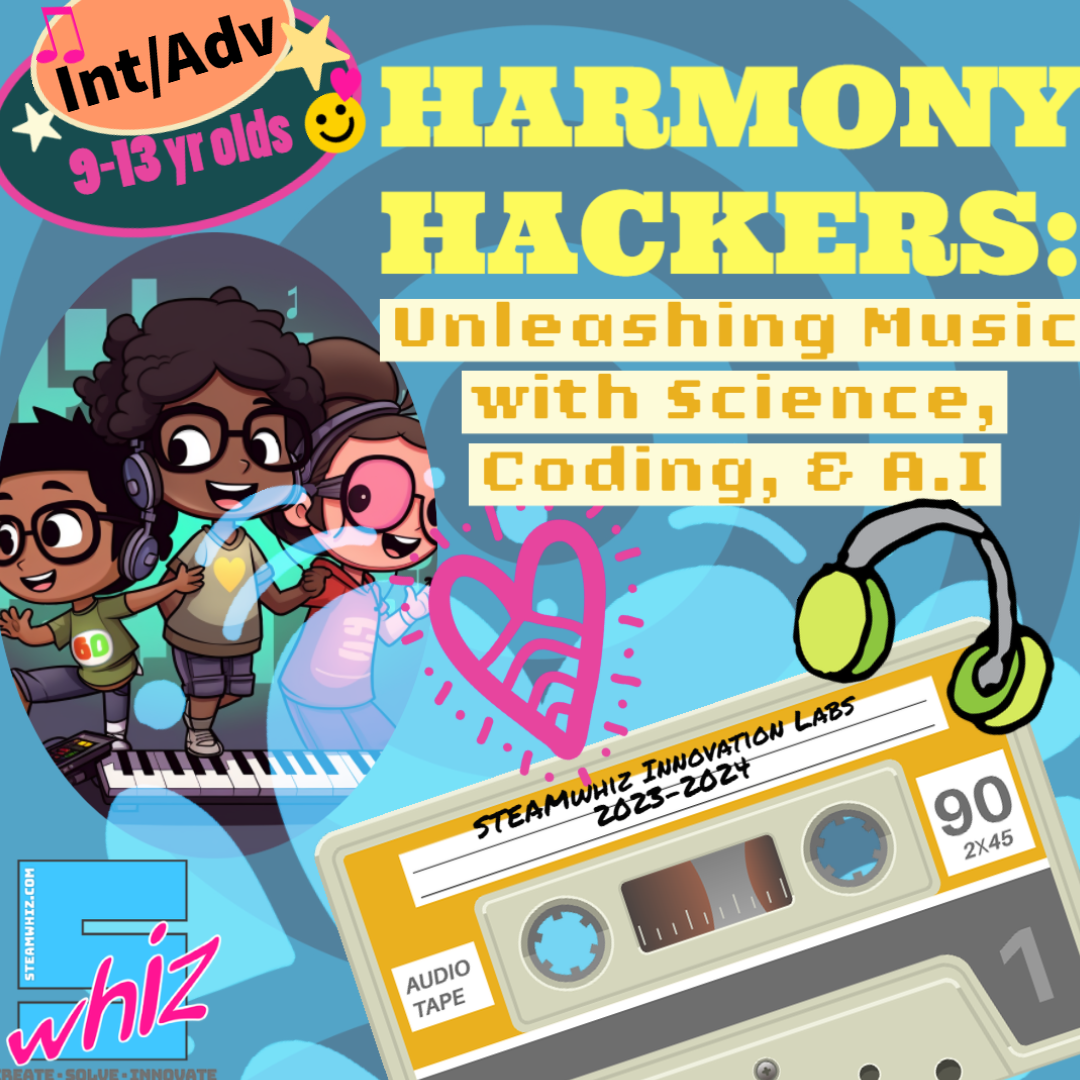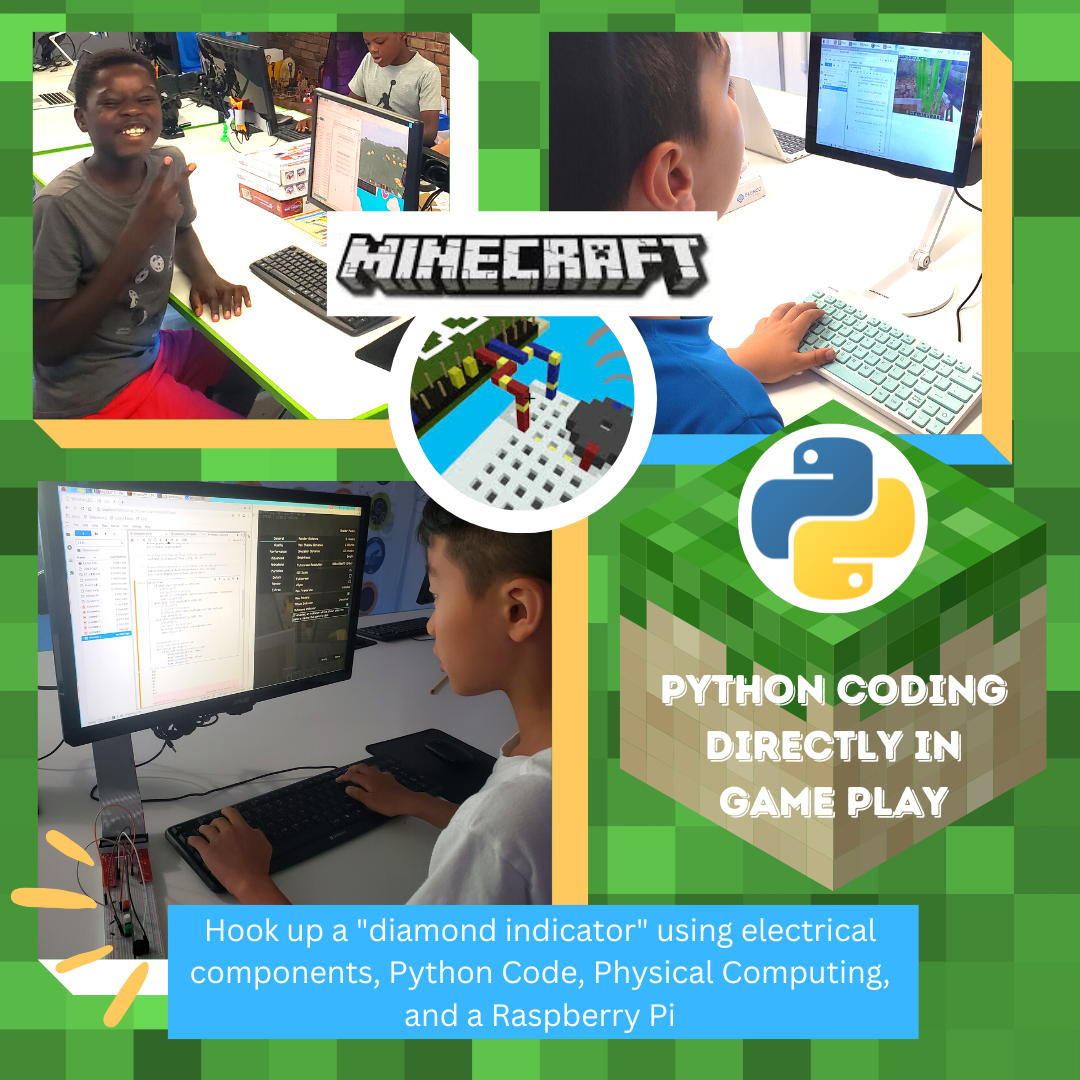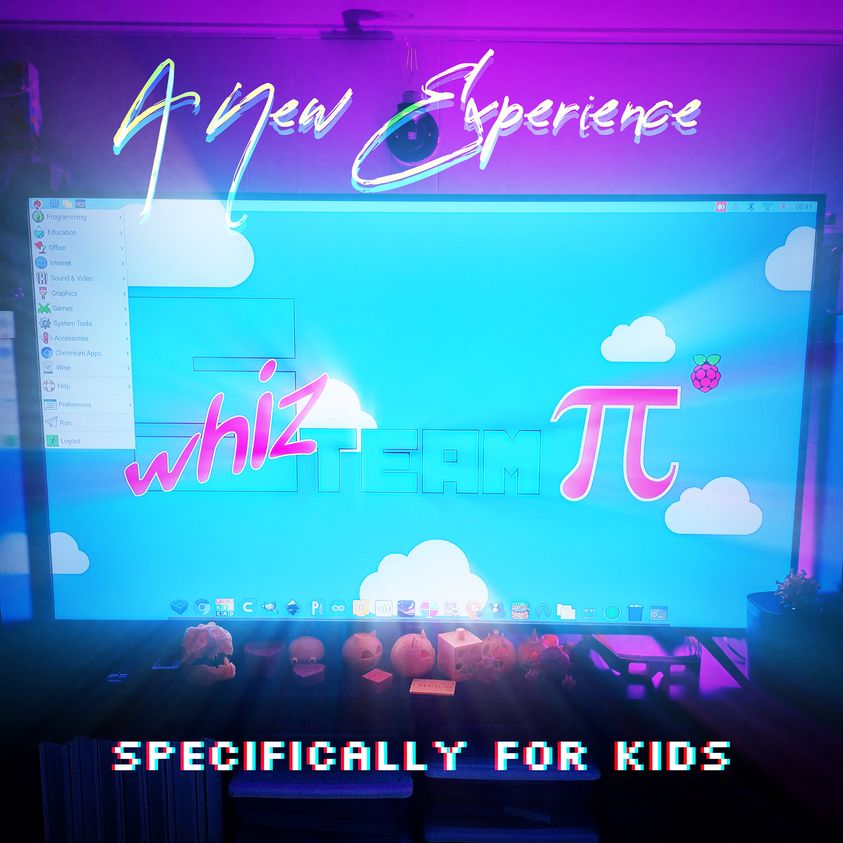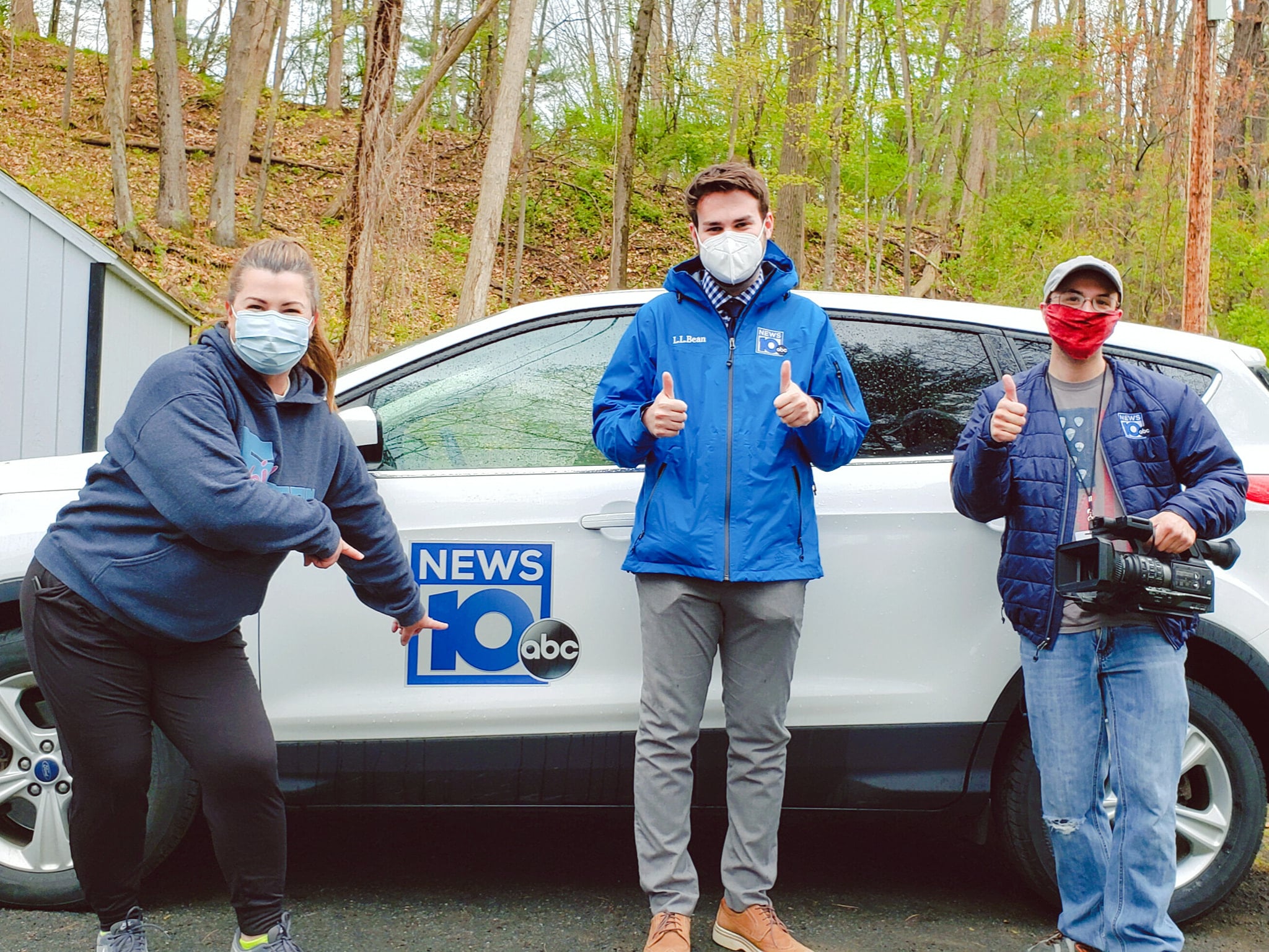Hope everyone is having a wonderful Spring! Check out the news for this month
- Last week of Summer Camp Sale
- We have Officially Moved!
- New Location
- Renovations
- Bigger and Better Things Ahead…
- Robotics Competitions this year
- Open lab hours
- Once a month STEM program
- Robotics Enrichment program
Last Week of Summer Camp Sale

It’s been a crazy busy 2024 🤪 If you haven’t found the time to sign up or have some questions, reach out to us ASAP so we can get you all signed up before the discount ends.
We have Officially Moved!

All Classes at the New SW HQ
All classes going forward will be held at our new HQ. The remainder of the Spring Session 2024, all Summer Camps 2024, and all our offerings going forward will be held at 1 Charles Blvd, Guilderland, NY 12084 🥳
Renovations
We met with our renovation team, and they will be able to work around us while we are there! We won’t see anyone, but please pardon our mess while the space is being updated. Below, you can see the final plan for the new HQ. New floors, new paint, windows, and walls removed are all part of the reno. It should be all done in time for summer 🔥Some awesome additions will be our dedicated VeX Robotics Arena for e-sport competitions, Virtual Reality, dedicated art/creative space, dedicated workshop/maker space, and Movement-based gaming to have them move their bodies and have fun during breaks!

Bigger and Better Things Ahead

The new SW HQ is going to allow us to offer more amazing opportunities for our local students. We will be providing more details over the coming months, but we wanted to highlight a few ideas 🤓
- VeX Robotics Competition Program – The new space will allow us to support a VeX Robotics Competition Program. This is a prestigious, competitive e-sport event sponsored by top science & tech companies in the US. It provides many of the benefits of competitive sports while also developing the critical career skills needed in an AI future, such as academic resilience, analytical thinking, and logical reasoning. Learn more about the SW VeX Competition Program and our first orientation on May 3rd here.
- Open Lab Hours & Bussing 🚌 – Thus far, our STEM Enrichment Program (SEP) has been a teacher-driven weekly, 1.15-guided lab. Each year, we develop a new technical curriculum based on a STEAM (Sci-Tech Eng Art Math) theme to expose students to new ideas, challenge them to develop grit, and learn a growth mindset through hands-on project-based learning. We are working towards student-driven open lab hours starting in the Fall for kids enrolled in our enrichment programs. Students can be dropped off at the lab for 1-2 hours a day, have access to all our lab resources, and continue working on their projects, robotics, and other STEM activities. We are in talks with our local school districts to have students bussed 🚌 directly to SW HQ😃 If you are interested, contact us right away!
- Monthly STEM Enrichment Program (SEP) – We want to make our programs more accessible to our families who really want to join but have distance and time constraints. Our new HQ will allow us to offer our amazing SEP monthly for 3 hours, most likely on Saturdays, starting this Fall 🙌Each semester, students will get a total of 12 hours to work on our incredible project-based curriculum, which goes way beyond any standards in the US education system. Our Weekly SEP will be the preferred option for our local families as it will offer more hours, flexible scheduling, and the option for Drop-In Open Lab Hours.
- Robotics Enrichment Program (REP) – This Fall, we will launch our first-ever REP. The REP will focus on using Lego Robotics to teach students the fundamentals of robotics. Each semester, we will focus on a new robot build and have some fun & friendly competitions 🔥This will be a great way to introduce students to the world of robotics. This is an excellent complement to our STEAM Enrichment Program (SEP): The SEP is breath-focused, connecting interdisciplinary cross-domain knowledge to develop creative problem-solving skills critical for careers in an AI job landscape, while REP will be more depth-focused for those engineers who love robotics and want to build!
Support STEAMwhiz 🙏
If you love what we do, pls consider taking a few minutes of your time to have a GIGANTIC impact on our programs! Just click on the links below and share the 💓with our local community!!

